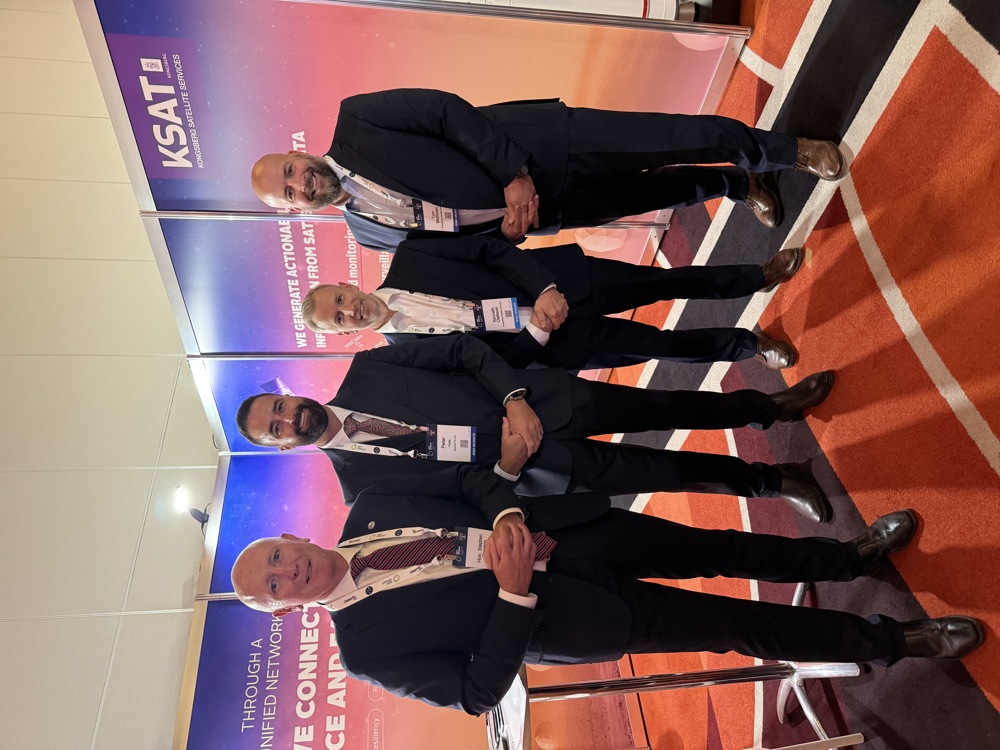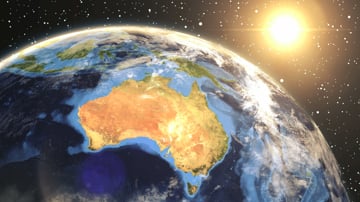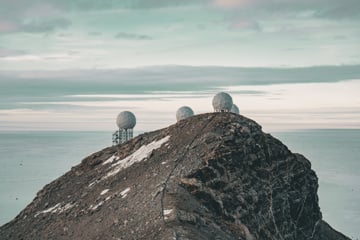Indo-Pacific Space and Earth Conference, Perth:
KSAT is building a 20-meter antenna for their new site in Western Australia. The Australian company Starsite Pty Ltd owns the land and will maintain and operate the antenna.
Starsite was selected to host, maintain, and operate this pivotal antenna - a critical component in supporting missions to the Moon. KSAT worked hand in hand with Starsite to secure the best possible location. The site scores very high on all essential requirements for placing an antenna that will support missions to the Moon.
– Starsite has impressed us in their willingness to “go the extra mile” and the long and varied knowledge in the space industry. Their local knowledge is essential, Marte Indregard, EVP Ground Network at KSAT says

Ideal location and infrastructure
The site, located in a region known for its low radiofrequency (RF) environment and proximity to First Nations communities, provides optimal conditions for seamless lunar communications.
In addition to its strategic positioning, the area boasts resilient infrastructure, with reliable power and fibre connectivity, prepared to support critical operations of lunar missions, lunar and satellite operations.
– As the federal member for Durack and former Minister for Space I’m thrilled to see this initiative to develop further space infrastructure in the Midwest by two leading space industry companies. This project underscores the importance of diversifying our Midwest economy and strengthening our role in Australia’s growing space sector.- says Hon Melissa Price MP, Federal Member for Durack.
Commitment to local communities
The area's favourable climate, characterized by stable wind and rainfall patterns, ensures dependable performance. Moreover, the project is set to engage local contractors, fostering employment, and supporting nearby Indigenous communities.
– This partnership marks a significant step forward for both companies and reinforces Western Australia as one of the best places in the world for hosting space ground infrastructure due to its geographic location, radio quiet zones, and clear skies, Hon. Stephen Dawson, Western Australian Minister for Science/ James Yuen, Executive Director, Innovation and Emerging Industry, Western Australian Government says.

Header image: Western Australia, contains modified Copernicus Sentinel data (2017), processed by ES



